The market is flooded with so many options that choosing the right path for purifying water for drinking turns into a challenge.
There are water bottles that purify water as well as straws that allow you to drink straight from the stream. There are pills, and also filters in different sizes.
How could you say which one is best? Before making any choice, make sure that you know the tricks and traps of water purification so you won’t put your life at risk.
There are at least five things that make the difference when comes for water survival. We gathered them for you below, to help your prepping.
The Difference between Water Filtration and Water Purification
You need to understand the difference here because it’s critical to your decision. There are three types of disease-causing pathogens in water, not counting minerals and pharmaceuticals:
- Bacteria: Some examples that you’ve probably heard of are E. coli and salmonella. There are many more and, so that you know what filter to look for, they can be as small as 0.1 microns, though a 1-micron filter will capture 99.9% of bacteria.
- Protozoan Cysts: these are hardy little “eggs” that have an extremely hard shell. The only way to kill them is by boiling them but they can be filtered out. Examples include Giardia and Cryptosporidium. They range in size from 1-300 microns.
- Viruses: Right now, these are rarely found in American or Canadian waters but that could change quickly if SHTF. Viruses include hepatitis A and rotavirus and range in size from 0.005-1 micron. Only purification by some means can remove these from the water; filters won’t work because the viruses are so small.
The Difference between Purified Water and Distilled Water
The debate about the health benefits of purified versus distilled water is a hot one. There are those who claim that they feel tons better since switching to distilled water and there are those that claim that distilled water is the devil.
Water already has minerals in it, but not after it’s been distilled or purified using reverse osmosis. Both of those processes remove most of the impurities – up to 99.5% of them – from the water, but also the “good” minerals along with the bad stuff.
Proponents of re-mineralizing water advocate the process for a few different reasons.
- You need the minerals, especially if you’re not eating properly or you’ve been out in the heat sweating. The primary minerals that your body needs to replenish are calcium, magnesium, potassium and salt, though there are many others, too.
- Re-mineralized water quenches thirst better and is absorbed by your body faster. This is a point of contention but the argument for faster hydration states that adding minerals back into the water boosts the pH and brings it back to an alkaline state. The water becomes ionized, which makes the water molecules cluster into smaller groups, which makes it easier for your body to absorb.
- Re-mineralized water tastes better. Though this is subjective, it’s true that the human palate is used to the flavor of water with minerals in it. It gives it a fuller flavor (that is to say, it gives it SOME flavor) that many people find preferable to distilled water.
This Survivopedia article includes some options for those who want to know how to re-mineralize water for drinking.
Reverse Osmosis and Distillation, by Themselves, Do Not Remove All Harmful Agents
Reverse osmosis filters out the clean water and pours the excess water, or brine, down the drain. Most systems lose about 3 gallons of brine to get one gallon of fresh water. Many people adjust for this by re-routing the brine to a bucket that they use for watering plants or other uses that don’t require purified water.
Distillation mimics the hydrologic cycle of evaporation (boiling to steam), precipitation (precipitation in an apparatus), normally a condensing coil), and condensation leading to rain (water cooled usually by a fan and and drips into a sterile container). Some chemicals evaporate and re-condense, just like the water, and pass through with the “pure” water.
Be careful when choosing your water filter, and remember that all reputable RO and distiller units are always coupled with good carbon filtration, preferably carbon block, to ensure removal of these contaminants.
Drinking Salt Water Kills You Faster Than Thirst
Though our planet is covered in water, only one half of 1 percent is drinkable! For example, people who live in coastal regions are surrounded by water but it does them no good because one of the quickest ways to die of dehydration is to drink salt water.
There are ways to make that water potable, though, and science is finding even more ways. In order to turn salt water into drinking water, you need to desalinate it first. That just means that you need to remove the salt. There are many methods for doing this but the most efficient and realistic way to do it at home in a survival situation is by using the distillation by evaporation method.
One of the easiest ways to convert salt water to drinking water is by using heat. You simply heat the water until it turns to steam, then capture the steam.
Basically, the water will evaporate but the salt and other impurities won’t. The problem here is that it requires a ridiculous amount of energy in the form of heat to get the job done. Still, it’s effective and if you combine the process with others, such as cooking or heating, you won’t be wasting nearly so much fuel.
Read this Survivopedia article on how to turn salt water into drinking water to discover a few methods of distillation by evaporation.
Tap Water Is NOT Safe!
We walk to the kitchen, turn on the tap and pour ourselves a big glass of that elixir of life: water. We assume because it has gone through the city water purification plant that it’s safe to drink. Wrong! According to some sources, water contamination makes 2 million Americans sick every year and that number will increase exponentially if SHTF.
Regardless of the water source, there’s always a chance that the water that you’re drinking is contaminated. There are many different ways that this can happen; in your home, it can be from outdated plumbing or antiquated water purification methods or equipment that don’t filter out modern-day contaminants such as pharmaceuticals and chemicals.
If you have a well then draught, flooding, mining activity or hydraulic fracking in the area can disrupt the water tables and contaminate your water.
Streams and other unpurified water sources can be polluted by chemicals, pesticides, antibiotics and fertilizers caused by runoff from nearby industrial plants or farms. They are also vulnerable to leaky sewage systems as well as animal defecation. Even acid rain and smog can pollute water.
Hexavalent Chromium (aka Chromium 6), lead, arsenic and fluoride are only a few top pollutants and contaminants found in water so that you know what to test for. There is more to add to this list if you read this Survivopedia article on the topic.
Do you have other concerns about water purification that we should know about? If so, tell us about them in the comments section below.
This article has been written by John Gilmore for Survivopedia.



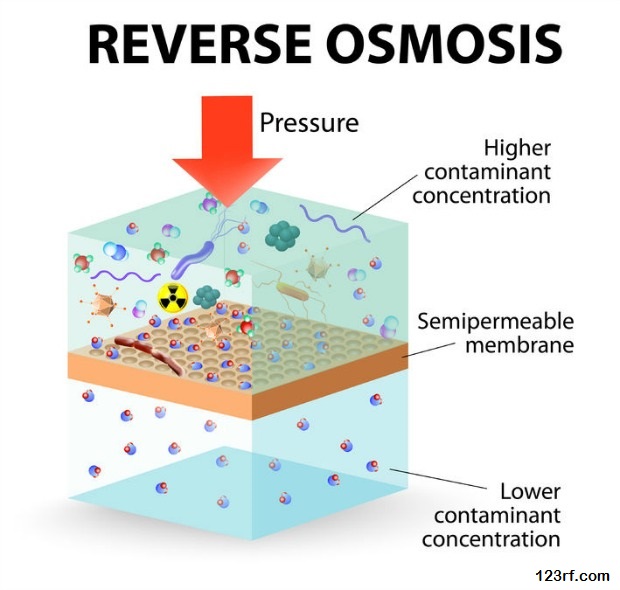

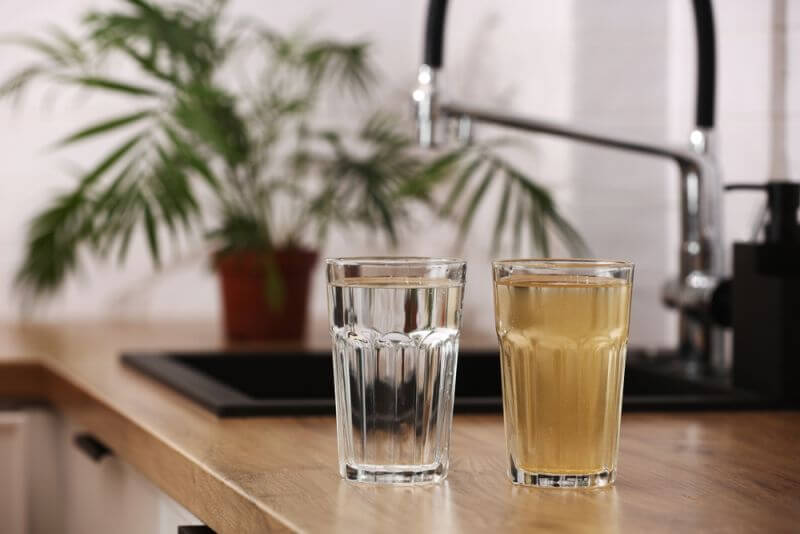
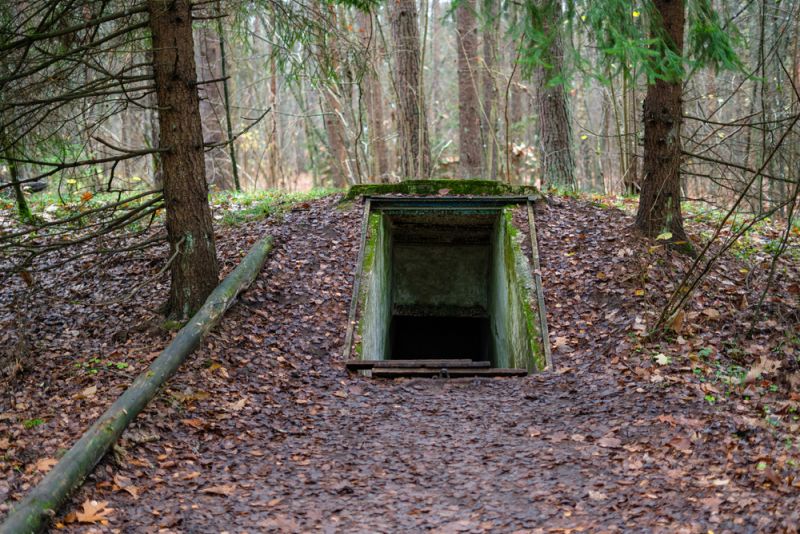
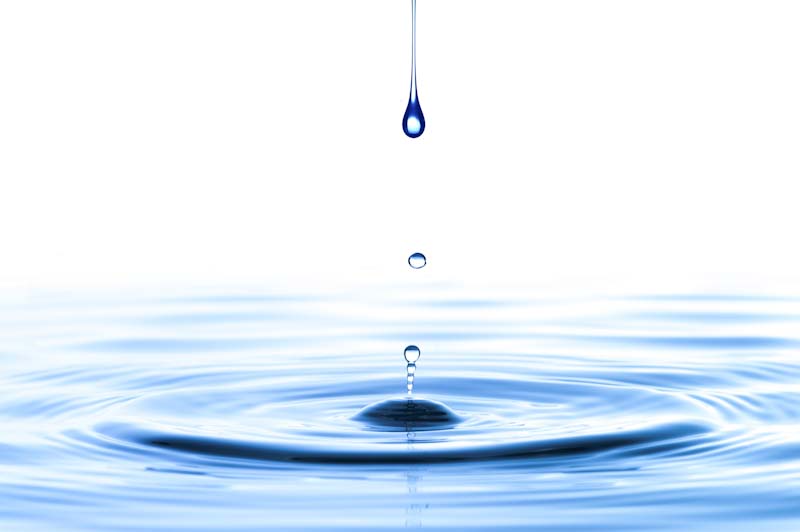
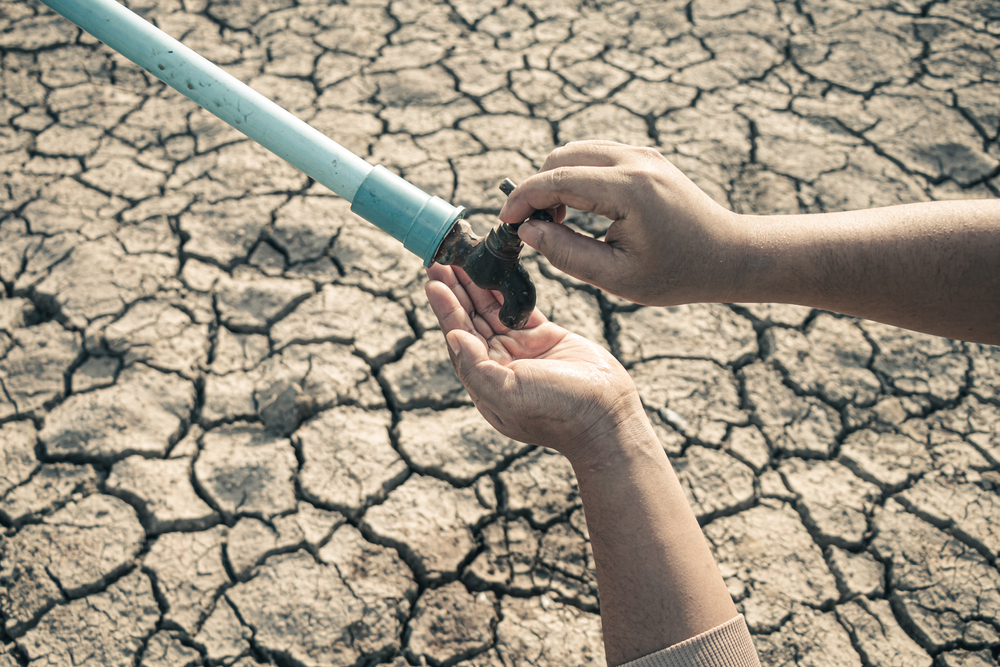

Tonya | October 6, 2016
|
What about water filters like Berkey Water filters? I really like mine and you can certainly taste the difference between tap water and what comes out of the Berkey. Do you recommend them?
Brenda Clark | October 6, 2016
|
What about Chlorine (bleach)? It’s a poison too.
Halfwolf | October 7, 2016
|
the use of chlorine bleach is safe. If the water smells too bleachy dilute it with clean water. Couple drops to filtered water (liter) should be good.
G | October 8, 2016
|
Letting it set for a few hours in an open container will let the chlorine escape, just like you need to do for your fish.
Linda zeno | October 8, 2016
|
Ok… So.. What can you do that takes care of all these things in your home? Such as kitchen faucet? Lots of lil ones here n I want to protect them..What do you suggest?
Pingback:Diatomaceous Earth? Here's How To Use It For Your Homestead | Survivopedia | November 30, 2016
|